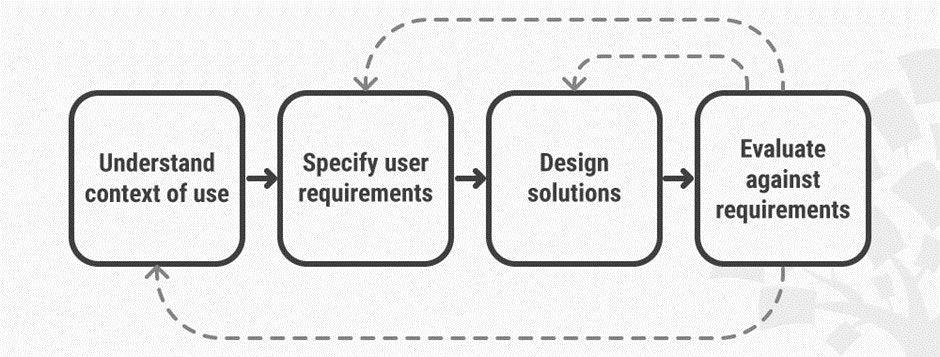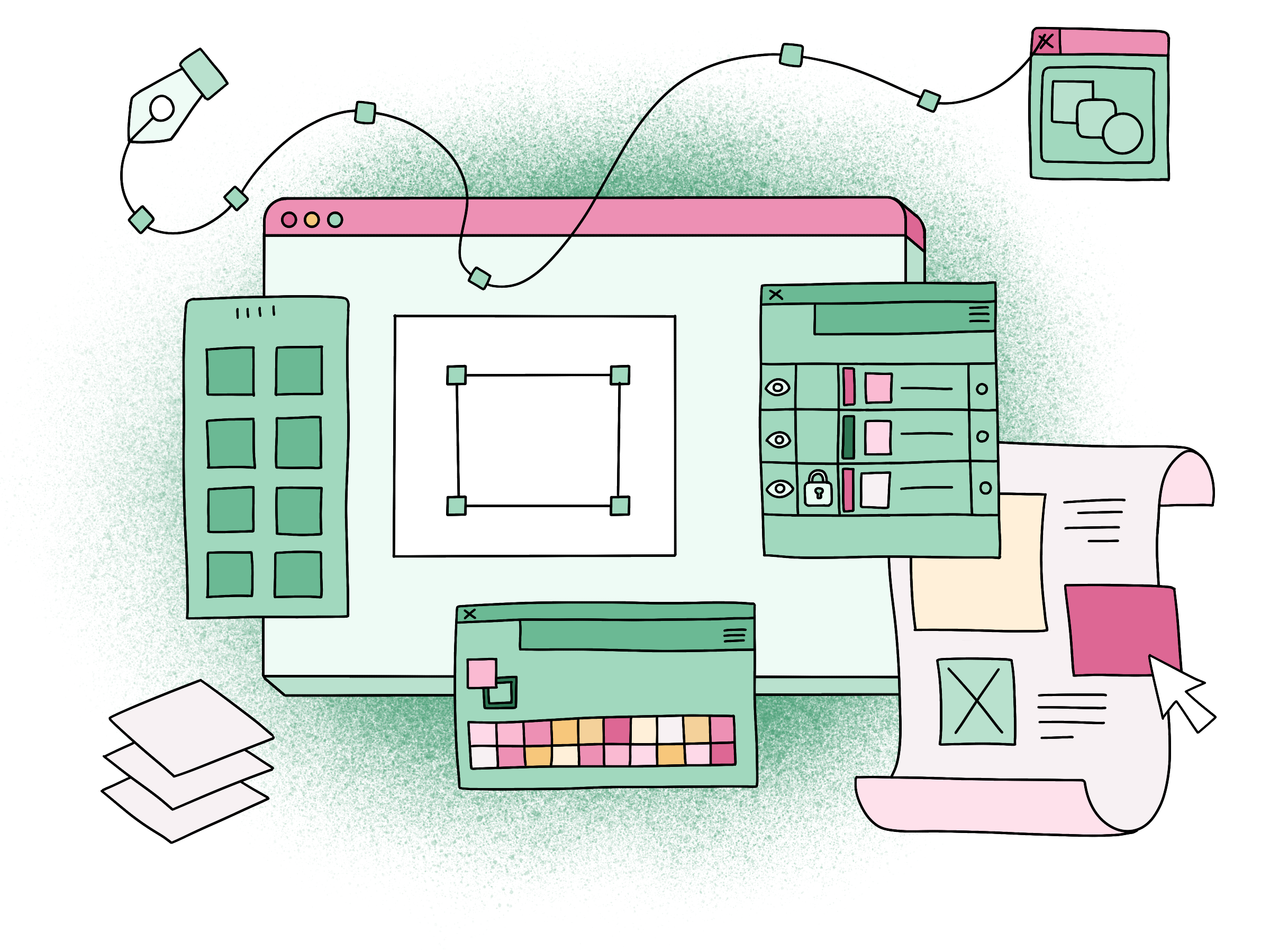
The Importance of User-Centered Design
A designer has a lot of directions to choose from when starting out on a new project. And while it’s easy to jump right into creating, I believe that the best products are the ones given a bit of extra time, consideration, and love. Read on for my perspective on user-centered design (UCD), and how it often produces a much better end product for clients.
A Thousand Choices
Every time a new project is put in the hands of a designer, their brain begins to churn. It runs through an endless number of methodologies on how to start, which direction to take, and what steps to follow. But despite the vast number of different approaches to choose from, and no matter what the designer ultimately adopts as their preferred design methodology, there is always one common desire: to deliver a great product.
The Overly Excited Designer
However, sometimes the eagerness designers feel when diving into a new project leads them to forget about some essential pre-project steps, most of which directly relate to the user. One of these steps includes asking vital questions, such as “who is the user, what are their needs, and what do they represent?”. Questions such as this prevent us from falling into the trap of “designing for ourselves” (one big and scary black hole!).
Being a designer myself, I know that I, too, have made this mistake. Deadlines change, ideas fail, we fall behind schedule, or received some feedback that we didn’t expect. But we need to keep in mind that it is our job to deliver quality products that aren’t just nice to look at, but reflect the deeper value and image of the users. A great way to do this is by always having them in focus through user-centered design.
The Beauty of User-Centered Design
As described by the Interactive Design Foundation:
“User-centered design is an iterative process that focuses on an understanding of the users and their context in all stages of design and development…with each iteration of the UCD approach involv[ing] four distinct phases: context, requirements, solutions and evaluations.”
The UCD process can be applied to just about every product a designer is tasked with creating. And there are many ways to go about the process, whether it be looking at the user’s preferences, tasks, goals, or flows. But the one thing they all have in common is this: the user. Furthermore, UCD should be carried through the entire project for consistency, and to avoid guessing or personal opinions. What matters most is what your users say and do, as it ultimately improves their experience.

Aligning Design and Functionality
Let’s look at an example. Say we are designing an off-road Jeep with white interiors. It might look good (not really) and stylish (not really), but it is a nightmare for the end-user. Think about driving in the middle of nowhere, off-road, with no doors, through mud and rivers - those white interiors don’t stand a chance. In this example, fashion and functionality would clash because the user was not kept in mind during the design process.
Summary
That’s why, in the world of design, it is good to have the following locked and loaded before tackling a design problem:
- A clear understanding of the user and task requirements,
- Incorporating user feedback to create requirements,
- Early and active involvement of the user, and
- An iterative design process.
Keeping these points in mind will help you create a great, innovative product time and time again, and that’s something Snowball stands behind!




